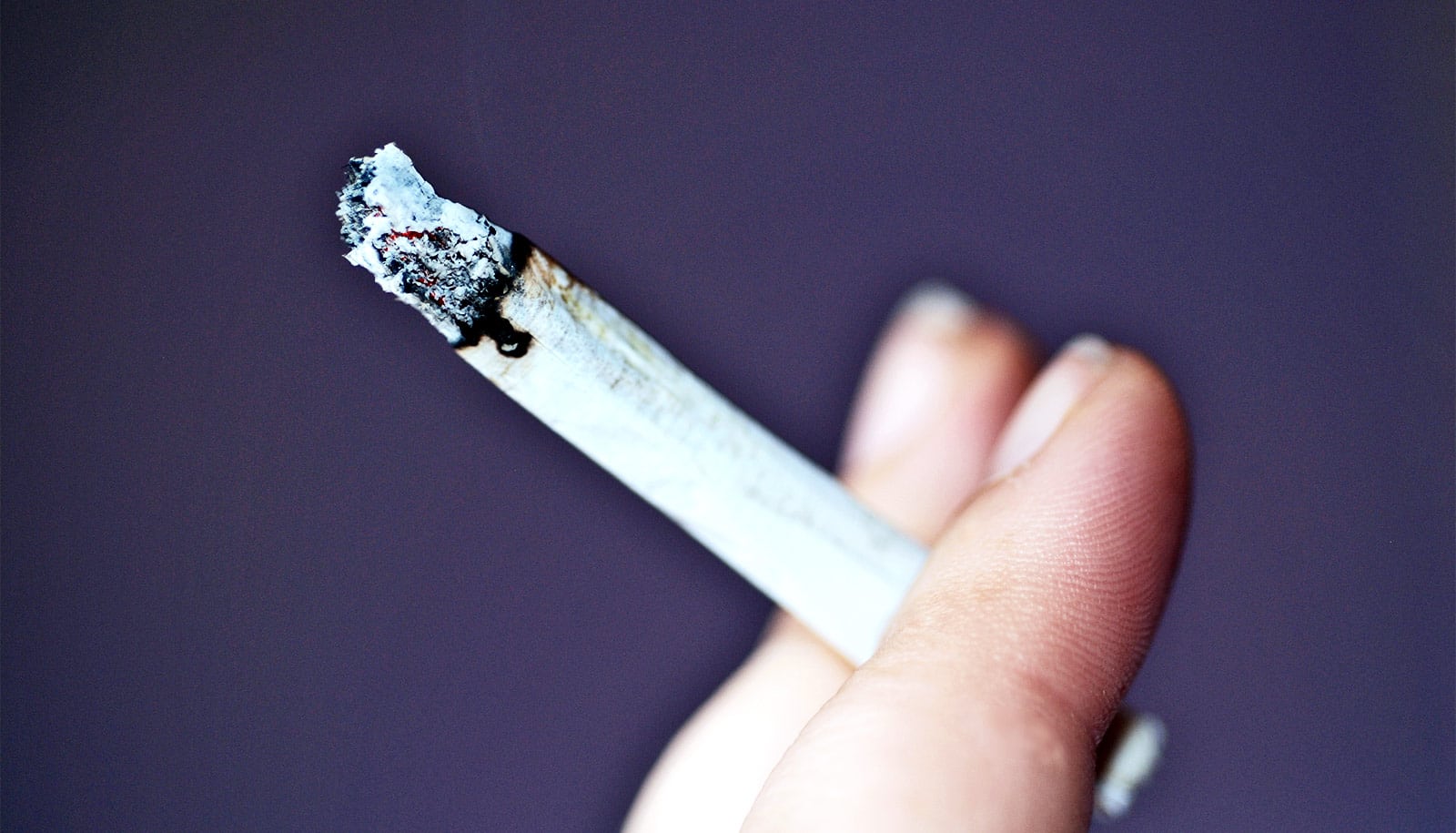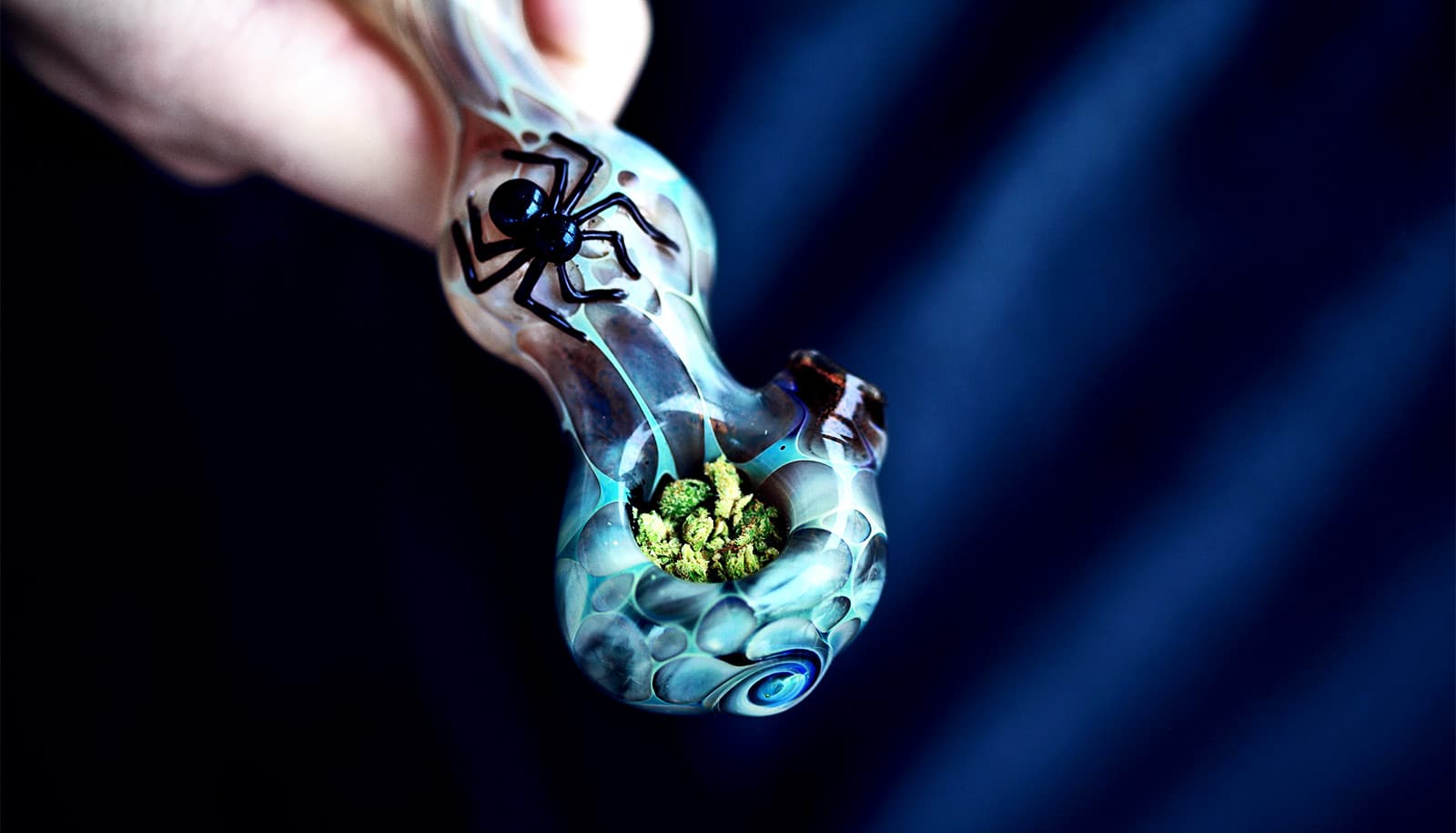While cannabis use during pregnancy is on the rise, researchers have found evidence that these children are more likely to have psychopathology in middle childhood.
“…these children tend to have more psychotic-like experiences, more impulsivity and attention problems, and social problems.”
The team’s analysis are the first steps in studying the effects of cannabis on children as attitudes surrounding its use change rapidly—recreational adult cannabis use is now legal in 11 states and the District of Columbia. Patterns of usage, too, are changing; one of the fastest-growing subsets of cannabis users may come as a surprise: pregnant people.
“There have been increasingly permissive and lenient attitudes toward cannabis use among pregnant people,” says Sarah Paul, a clinical psychology graduate student at Washington University in St. Louis. “It has skyrocketed in the past few years,” she adds, with data indicating a quick rise from 3% to 7% past-month use.
“Unfortunately, despite the increase in use, we know remarkably little about the potential consequences of prenatal cannabis exposure,” Paul says.
“Prior studies have linked prenatal cannabis exposure to birth-related outcomes such as lower birth weight and infant characteristics like disrupted sleep and movement. Relatively fewer studies have examined behavior and problems as children age,” and, she says, “findings have been tenuous due to inconsistent replication and an inability to account for potential confounding variables.”
Digging into data on using marijuana during pregnancy
Researchers pored through data to examine what, if any, effect maternal use of cannabis during pregnancy may have on children.
They looked at data from the Adolescent Brain and Cognitive Development Study (ABCD Study), an ongoing longitudinal study of nearly 12,000 children ages 9-11 and their parent or caregiver from 22 sites across the United States that began in 2016.
The researchers grouped participants into three mutually exclusive groups: Children not exposed to cannabis prenatally; children prenatally exposed to cannabis before the pregnancy was known, but not after; and children exposed to cannabis after the pregnancy was known, regardless of exposure before.
The receptors that cannabis influences are not known to be expressed prior to five- to six-weeks’ gestation. The researchers expected associations with the children’s outcomes would only be present if cannabis exposure happened once those receptors had been expressed. Most people said they learned of their pregnancy after about seven weeks, which aligned with the time of endocannabinoid type 1 receptor expression.
“…prenatal cannabis exposures were more strongly and consistently associated with adverse child outcomes than prenatal tobacco or alcohol exposure.”
The group hypothesized that prenatal exposure, regardless of when it occurred, would be characterized by adverse outcomes in childhood, but that only continued exposure after the pregnancy was known would have an independent association with these outcomes (after considering potential confounds—things such as family history of psychopathology, whether alcohol or tobacco or prenatal vitamins were used during the pregnancy, as well as whether children had tried alcohol, among a host of others).
The data showed children who were exposed to cannabis in the womb (regardless of when that exposure occurred) were slightly more likely to have adverse outcomes. They had elevated psychopathology—more psychotic-like experiences; more problems with depression and anxiety as well as impulsivity and attention; and social problems as well as sleep disturbance. They also had lower cognitive performance, lower indices of global brain structure during middle childhood, as well as lower birth weight.
However, when the researchers included important familial, pregnancy, and child-related covariates, says Ryan Bogdan, associate professor of psychological and brain sciences, and director of the Brain Lab. “This is when things got really interesting. All associations with prenatal exposure only prior to maternal knowledge of pregnancy were nowhere near significantly associated.” This suggests that the association between prenatal cannabis exposure during early stages of pregnancy may not be independent of these confounding factors.
“However, when we look at exposure after maternal knowledge of pregnancy, which corresponds to when endocannabinoid type 1 receptors are expressed in the fetal brain, the associations with child psychopathology largely remain—these children tend to have more psychotic-like experiences, more impulsivity and attention problems, and social problems,” he says.
“This raises the intriguing possibility that prenatal cannabis exposure may plausibly impact child behavior. It in no way shows causation, but documenting that effects are independent of common confounding factors provides incremental support for potential causation.”
“There are certainly other plausible reasons for this pattern of results,” says postdoctoral research scholar Alexander Hatoum. It could be that the behaviors are a byproduct of genetic and environmental similarity and not causally related to cannabis use.
“However, that our measures of these potential confounds accounted for the associations with use prior to maternal knowledge, but not after, suggests that prenatal cannabis exposure may independently contribute, in a small way, to child outcomes,” he says. “Potential causation underlying this association should be further evaluated using experimental non-human animal models, additional replication and other approaches (e.g., siblings discordant for exposure).”
Support for quitting
“Cutting to the chase, my interpretation of these findings, is that clinicians and dispensaries should discourage cannabis use among those who are pregnant or are considering becoming pregnant,” Bogdan says.
“Being attentive to substance use problems among family members and providing them with support and access to help is critical for anyone regardless of pregnancy status,” Bogdan says. “Learning of one’s pregnancy may produce additional reason to stop use. Someone who has just learned of a pregnancy and has previously used cannabis, might think, well I have already exposed the fetus to cannabis, so I may as well not stop. The current data might provide the clinician and parent-to-be with evidence that stopping after learning of the pregnancy may reduce the likelihood of negative outcomes among their children.”
At the same time, Bogdan says, “It is also important not to stigmatize expecting parents who may be experiencing difficulties. Quitting substance use during pregnancy, which is already a challenging time, may not be straightforward. Physician support and empirical paradigms for quitting during pregnancy will be important. Lastly, couples who are planning to have a child may wish to consider combatting cannabis use before they begin attempting to conceive and the additional stressors of pregnancy begin to mount.”
From a public health perspective, Bogdan suggests looking to the highly effective public health campaigns and clinician attention directed at reducing the use of tobacco and alcohol during pregnancy. In fact, he says, “This study found that prenatal cannabis exposures were more strongly and consistently associated with adverse child outcomes than prenatal tobacco or alcohol exposure.”
Their findings were published today in JAMA Psychiatry.



